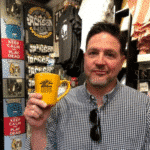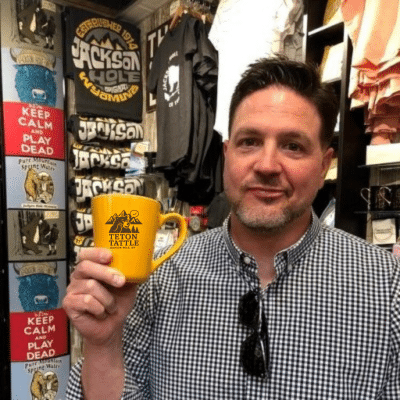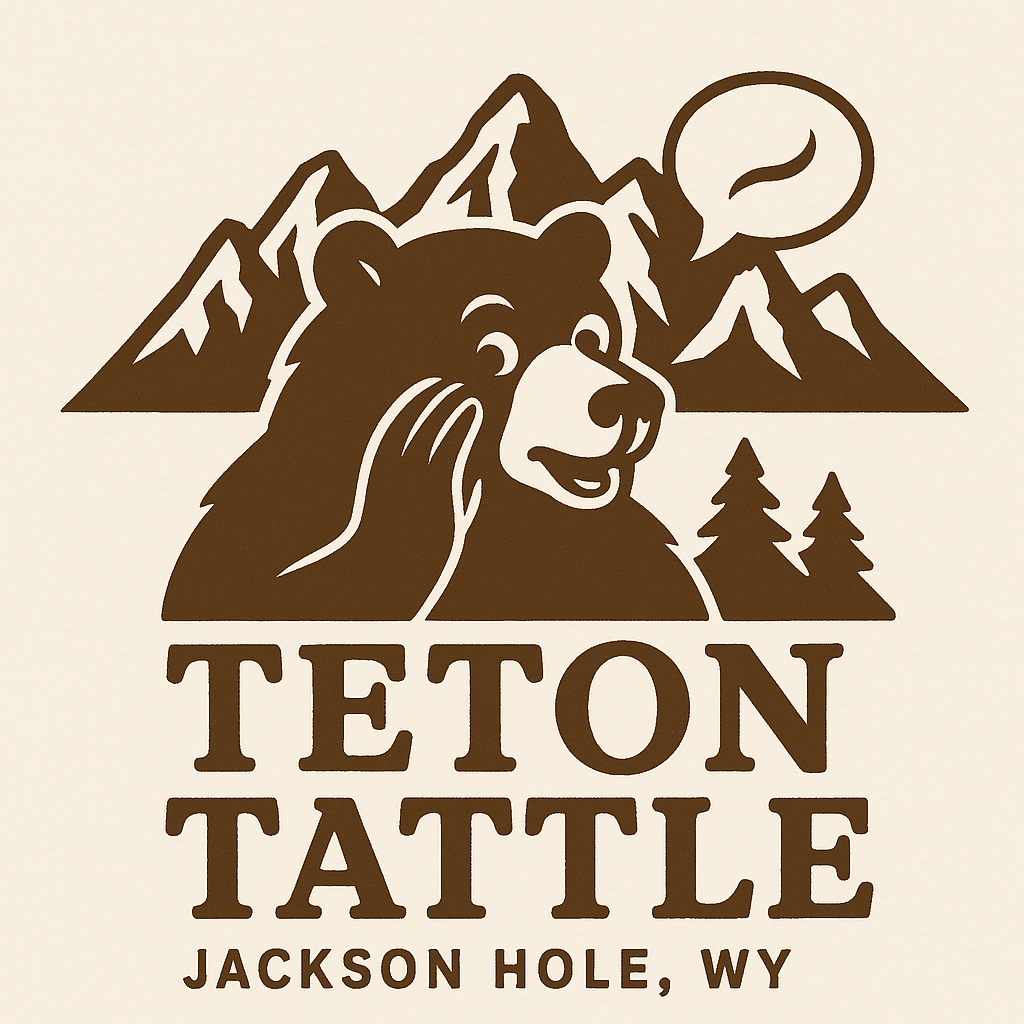When it comes to capturing the wild heart of the Jackson Hole area, few do it quite like Allie Roams. Equal parts biologist and artist, Allie has spent countless dawn-to-dusk days chasing light, shadow, and the elusive residents of the Greater Yellowstone Ecosystem.
From wolves clashing over territory to the quiet heartbreak of a bison funeral, her lens doesn’t just freeze a moment; it tells a story. Allie recently shared with me the passion behind her work, the near-misses that still haunt her, and why she believes every photograph can spark a little more love and a little more protection for the wildlife of this incredible region.
Getting Started & Inspiration
What first sparked your passion for wildlife photography, and how did you end up focusing so much of your work in the Jackson Hole/Greater Yellowstone area?
I’ve loved wildlife for as long as I can remember, which led me to a degree in Biology with a focus on animal behavior and natural resource management. Photography became the perfect bridge between my scientific side and my creative side. Documenting wildlife in their natural habitat felt like the ultimate fusion of both passions.
The recovery of grizzlies and wolves in the Greater Yellowstone Ecosystem hooked me completely, and it’s kept my lens focused here ever since.
Do you remember the first time you photographed a truly “wow” wildlife moment?
Absolutely. It was early April, just before sunrise, and I was sitting in the snow watching four Pacific Creek wolves surround an elk in the river. They’d take turns lunging, then retreat to the shore to play. I thought I was about to witness a successful hunt, until another 14–16 wolves appeared. I assumed they were reinforcements, but they were actually the rival Lower Gros Ventre Pack. Leading them was a stunning, almost-white female wolf, 1157F.
The elk was completely forgotten as the packs clashed over territory. The standoff lasted about 90 minutes, unfolding like a high-drama nature documentary while I sat on a frozen hillside.
Behind the Scenes
How much time do you typically spend in the field for one of your wildlife shoots, and what does a typical day look like?
Sunup to sundown. I’ll drive hundreds of miles, hike several more, and often go home with nothing to show for it. That’s just part of the deal.
What’s the most challenging wildlife subject you’ve ever tried to photograph—and why?
Tie between a hummingbird and an ermine—both tiny, lightning-fast, and perfectly camouflaged.
Any must-have gear in your camera bag?
A bean bag for my car window. It keeps the camera steady for sharper images. Honestly, 99% of my best shots were taken from the driver’s seat with the engine off.
Stories from the Field
Can you share one wildlife encounter that’s still vivid in your mind?
The first time I saw a bison funeral. A cow bison stood over her dead calf as the herd approached. They circled slowly, each taking turns sniffing and licking the calf. It was a heartbreaking display of empathy and connection. I was so moved, I didn’t even think to raise my camera.
Do you have a favorite individual animal you’ve photographed?
Grizzly 610. Hands down.
Have you ever missed “the shot” and still think about it?
Yes, the day Grizzly 610 brought her three cubs to Cunningham Cabin. The Tetons were glowing in the background, and I knew it could have been an iconic shot. But there was no way to get into position without disturbing them. I still picture it in my head.
Conservation & Community
What’s one thing you wish every tourist in the Tetons and Yellowstone understood about wildlife?
The Greater Yellowstone Ecosystem is one of the most biodiverse areas in the lower 48, home to the highest concentration of mammals in the region. Every single one of them deserves space.
How do you balance getting close enough for a photo with keeping wildlife safe?
I choose a spot ahead of where I think the animal might move, park, turn off the car, and wait. Sometimes it works out, sometimes not, but the animal’s well-being comes first.
Do you see your photography as a tool for conservation?
Many people will never see these animals in person, but photos can make them care. The more people care, the stronger the push for conservation.
Life as a Photographer
What’s the hardest part about being a wildlife photographer in this region?
Wanting to be everywhere at once. The Greater Yellowstone Ecosystem covers more than 22 million acres. You can only commit to a small slice at a time, and you’re always wondering what you’re missing elsewhere.
What’s the most rewarding part?
When a photo tells a story that connects people, especially those who may never visit, with the wild heart of this place.
Looking Ahead
What’s still on your wildlife bucket list?
A wolverine.
What’s next for “Allie Roams”?
I’m working toward photographing every wolf pack in the ecosystem and documenting as many individuals from each pack as I can.
AntlersArch founder and the voice behind Teton Tattle.






Big follower of @allieroams
When I’m not in the GYE, Allie’s beautiful pics keep me connected to the wildlife.
Nice interview!
Thanks, Rene!
What a talented photographer! I am grateful to hear about her and see her work.
Thanks for the beautiful article about my daughter. I recently spent a month with her filming in The Teton area. The brutal hours of waking up from 4 am sometimes skipping meals til midnight wore me out after 4 days lol. Yes, it’s reality of dedication and her heart going into these pictures. She has dedicated a lifetime of loving wildlife even releasing crawfish back when I would try to eat them. Cannot put a price on her photos. Thanks all supporters!